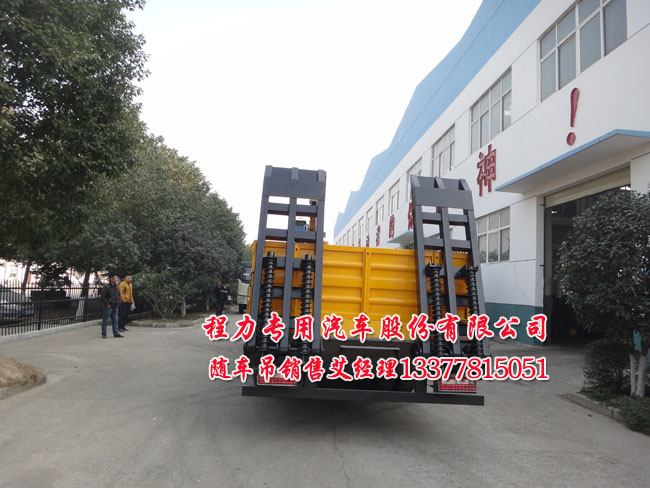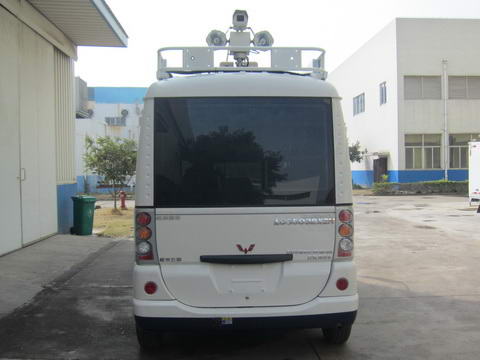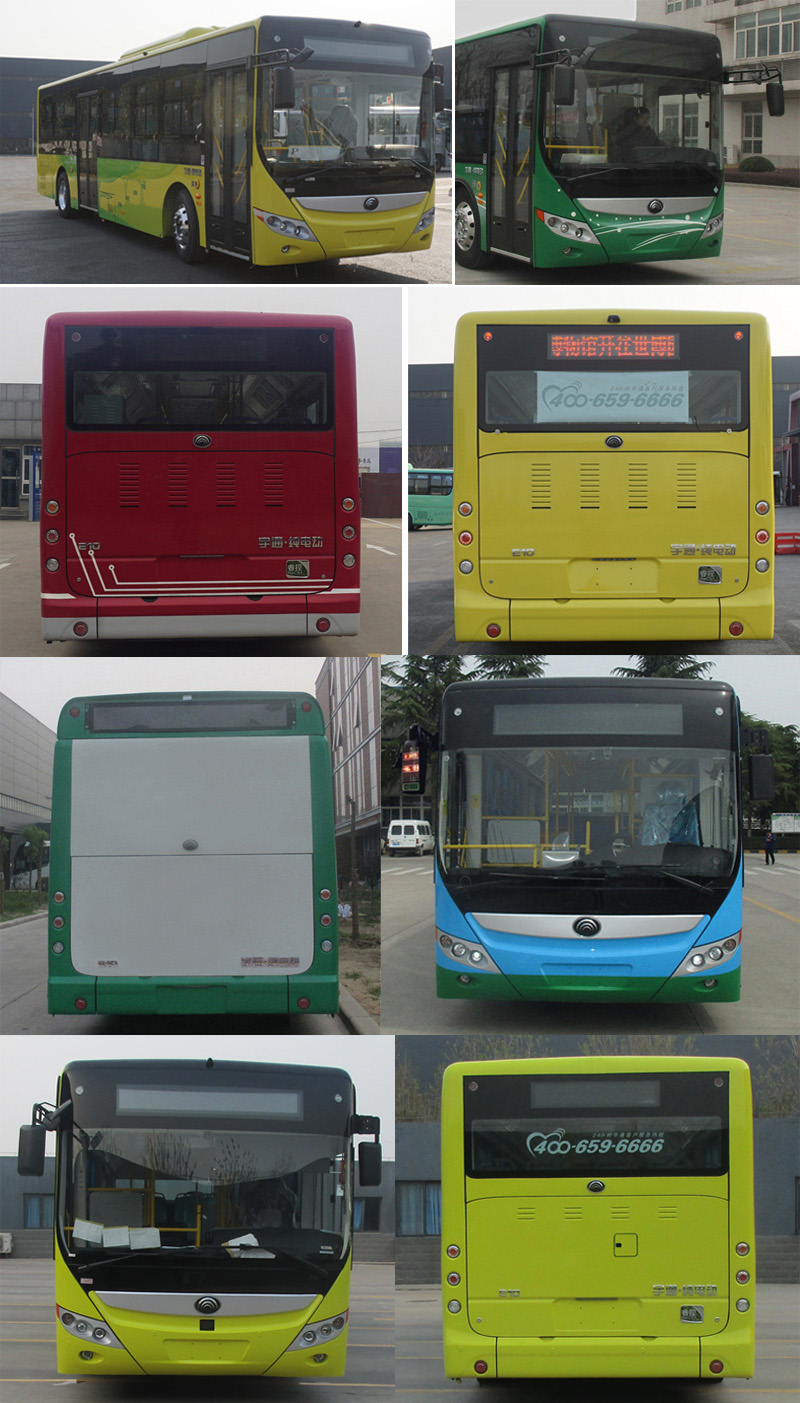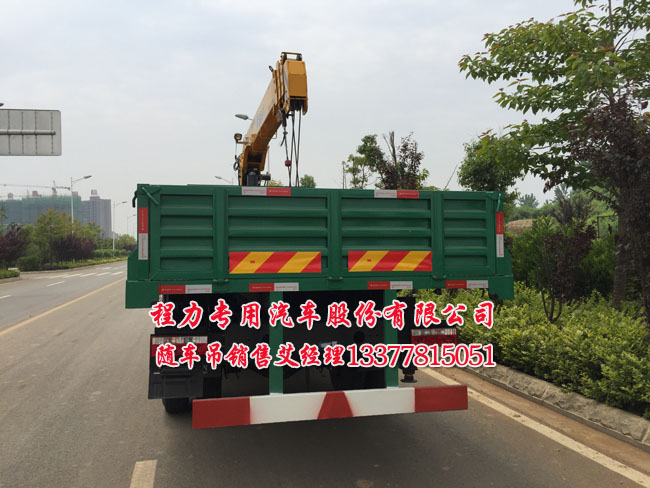特殊的英文字符
Special English Characters: Their Uses and Meanings
The English language is full of special characters that add meaning and nuance to written communication. From the humble comma to the bold exclamation point, each character has its own unique purpose and function. In this article, we'll explore some of the most common special English characters and their uses.
1. Ampersand (&)
The ampersand is a shorthand symbol for 'and' that is commonly used in business names, titles, and abbreviations. For example, 'Smith & Co.' or 'R&D' (research and development).
http://www.ebankmanager.com/common/images/8wySoBvqla_1.jpg
2. Asterisk (*)
The asterisk is used to indicate a footnote or to draw attention to a specific point. For example, 'Please see footnote * for more information.'
3. Ellipsis (…)
The ellipsis is a series of three dots used to indicate a pause or omission in a sentence. For example, 'I'm not sure if I should…' or 'The report states that….'
4. Em Dash (—)
The em dash is longer than a hyphen and is used to indicate a break in thought or emphasis. For example, 'She was about to tell him something important—something that would change everything.'
5. En Dash (–)
The en dash is slightly longer than a hyphen and is used to indicate a range or connection. For example, 'The meeting is scheduled for 2:00–3:30 pm' or 'The New York–Boston train.'
6. Parentheses ()
Parentheses are used to enclose additional information or clarification. For example, 'The company (which is based in New York) is expanding its operations.'
7. Quotation Marks (“ ”)
Quotation marks are used to indicate direct speech or a quote from another source. For example, 'He said, 'I'll be back tomorrow.'' or 'According to the article, 'The economy is expected to grow.''
8. Slash (/)
The slash is used to indicate a choice or alternative. For example, 'Would you like coffee/tea?' or 'Please see page 3/4 for more information.'
In conclusion, special characters play an important role in written communication. They enable us to convey meaning, emphasize points, and make our writing more effective. By using these special English characters correctly, we can enhance the clarity and impact of our written communication.

林內(nèi)熱水器電源指示燈不亮

tcl 洗衣 龍頭 接口 漏水

九陽豆?jié){機(jī)直流電壓

格力hlr25sa空調(diào)機(jī)組水溫上不去

海爾多聯(lián)機(jī)故障代碼

調(diào)頻調(diào)幅收音機(jī)電路圖

松下等離子p板是什么板

給熱水器進(jìn)水的開關(guān)哪個(gè)方向是關(guān)

紅日熱水器點(diǎn)火后熄滅

電熱水器指示燈意思

青島海信電視售后服務(wù)

昆山 三星冰箱 維修

康佳p3手機(jī)報(bào)價(jià)

美的熱水器f5015a4使用

私人修洗衣機(jī)上門服務(wù)費(fèi)多少

長(zhǎng)虹電視不停抖動(dòng)

換液晶led燈條注意什么

三星i9158內(nèi)屏多少錢

長(zhǎng)虹62J管腳位

三星冰箱BCD191故障ff